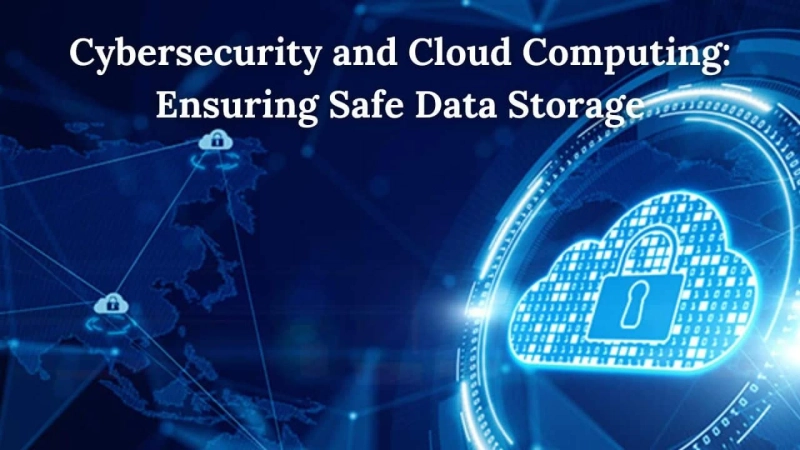As cloud computing becomes increasingly integral to modern business operations, ensuring the security of data stored in the cloud is more critical than ever. Cloud computing offers numerous benefits, including cost savings, scalability, and flexibility. However, it also introduces new cybersecurity challenges that organizations must address to protect sensitive information and maintain trust.
Understanding Cloud Security Risks
Cloud environments are inherently different from traditional on-premises data centers, leading to unique security challenges. Some of the primary risks associated with cloud computing include:
Data Breaches: Unauthorized access to sensitive data stored in the cloud can lead to significant financial and reputational damage.Data Loss: Data stored in the cloud can be lost due to accidental deletion, malicious attacks, or hardware failures.Account Hijacking: Attackers can gain access to cloud accounts through phishing, social engineering, or exploiting weak passwords.Insider Threats: Malicious or negligent insiders with access to cloud resources can cause data breaches or data loss.Implementing Strong Authentication and Access Controls
One of the most effective ways to secure data in the cloud is by implementing robust authentication and access control measures. Organizations should:
Use Multi-Factor Authentication (MFA): MFA adds an extra layer of security by requiring users to provide two or more verification factors to access cloud accounts.Implement Role-Based Access Control (RBAC): RBAC ensures that users have the minimum necessary permissions to perform their tasks, reducing the risk of accidental or malicious data exposure.Regularly Review and Update Permissions: Continuously review user permissions and update them as needed to ensure that only authorized personnel have access to sensitive data.Encrypting Data
Encryption is a critical component of cloud data security. Organizations should encrypt data both at rest and in transit to protect it from unauthorized access. Key measures include:
Data-at-Rest Encryption: Encrypt data stored in cloud databases, file systems, and storage services using strong encryption algorithms.Data-in-Transit Encryption: Use secure communication protocols, such as TLS (Transport Layer Security), to encrypt data as it travels between users and cloud services.Key Management: Implement robust key management practices to ensure the secure generation, storage, and rotation of encryption keys.Regularly Monitoring and Auditing Cloud Environments
Continuous monitoring and auditing of cloud environments are essential for detecting and responding to security incidents. Organizations should:
Use Security Information and Event Management (SIEM) Systems: SIEM systems collect and analyze security-related data from various sources to identify potential threats and anomalies.Implement Intrusion Detection and Prevention Systems (IDPS): IDPS can detect and prevent unauthorized access attempts and other malicious activities in the cloud.Conduct Regular Security Audits: Regular audits help identify security weaknesses and ensure compliance with industry standards and regulations.Educating and Training Employees
Human error remains one of the most significant threats to cloud security. Organizations must invest in educating and training employees to recognize and respond to security threats. Key initiatives include:
Phishing Awareness Training: Educate employees about the dangers of phishing and how to recognize suspicious emails and links.Regular Security Training: Provide ongoing security training to ensure employees are aware of the latest threats and best practices.Establishing Clear Security Policies: Develop and enforce clear security policies that outline acceptable use of cloud resources and data handling procedures.
Also Read: Cloud Security Best Practices for Businesses in 2024
Conclusion
Ensuring the safe storage of data in cloud environments requires a comprehensive approach to cybersecurity. By understanding the unique risks associated with cloud computing and implementing robust security measures, organizations can protect their sensitive data, maintain compliance, and build trust with their stakeholders. As cloud technologies continue to evolve, staying informed about emerging threats and adapting security strategies accordingly will be crucial for maintaining a secure cloud environment.


